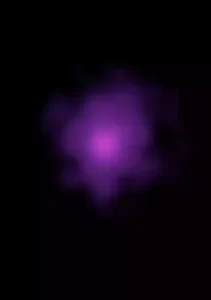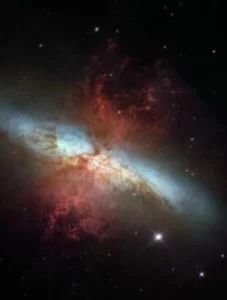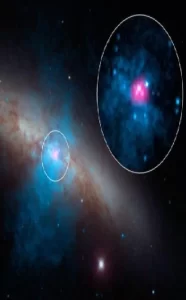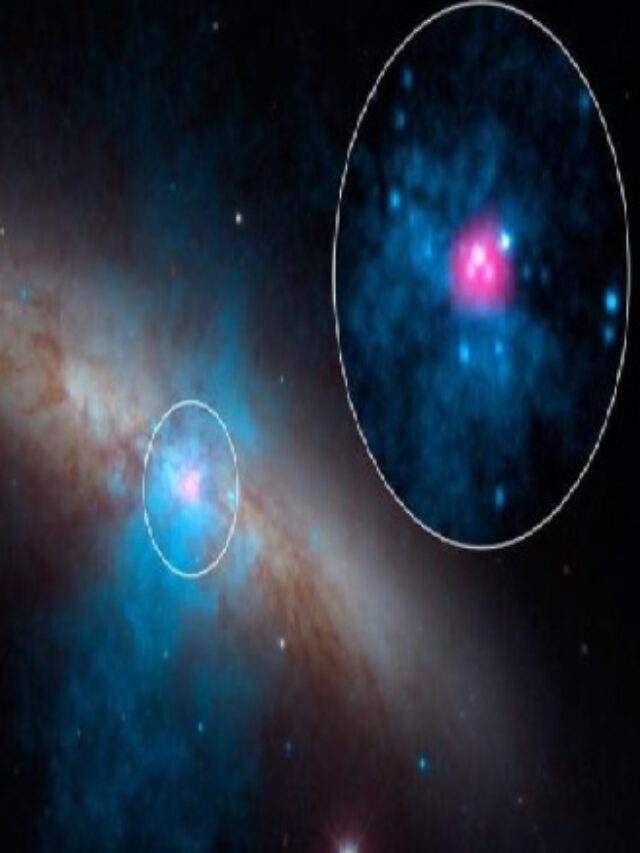Unbelievable Discovery: Brighter than Sun Object Defies Science with No Explosion
In the vast expanse of space, objects that shine 10 million times brighter than the sun have baffled astrophysicists for years. Called ultraluminous X-ray sources (ULXs), they are so bright that the amount of radiation they emit should push matter away, defying the Eddington limit – a rule of astrophysics that states an object can only be so bright before it breaks apart. However, a new study of M82 X-2, a ULX 12 million light-years away, confirms its brightness, deepening the mystery of how it exists.
What Are Ultraluminous X-ray Sources?

ULXs are celestial objects that emit X-rays at a level that cannot be explained by any known astrophysical process. Some of these objects are too bright to exist, given the Eddington limit, which should prevent the amount of matter in the object from emitting so much radiation.
How Should These Objects Work?
Objects that are this luminous should push matter away. As material falls inward toward a massive object, such as a black hole or a dead star, it heats up and radiates light. The more matter that falls toward the object, the brighter it is. At a certain point, the radiation the matter is emitting should be able to overwhelm the power of the gravity from the massive object. That means that the radiation from the matter should push it away, and it should stop falling in. This should occur before the object becomes too bright, but the ULXs do not conform to this logic.
ULXs Baffle Scientists

Scientists have been tracking ULXs to understand how they work. NASA scientists confirmed the brightness of M82 X-2, which is impossible according to the Eddington limit. M82 X-2, a ULX caused by a pulsating neutron star in the Messier 82 galaxy, pulled in about 9 billion trillion tons of material per year from a neighboring star. That means the brightness of this ULX is caused by limit-breaking amounts of material.
What Makes ULXs Brighter than the Eddington Limit?

One theory that could explain this is that super-strong magnetic fields shoot out of the neutron star, squishing the atoms of the matter falling into the star, turning the shape of these atoms from a sphere into an elongated string. The radiation from these squished atoms would have a harder time pushing the matter away, explaining why so much matter could fall into the star without breaking apart. However, this theory cannot be tested on Earth since these theoretical magnetic fields would have to be so strong that no magnet on Earth could reproduce them.
What Do We Know About ULXs?

While the mystery of how these celestial objects can exist remains unsolved, scientists have gathered some information about ULXs. For example, ULXs are often found in starburst galaxies where stars form at an accelerated pace. This may suggest that these objects are associated with the formation of new stars. Moreover, most ULXs are pulsating neutron stars or black holes, which indicates that they are formed by the death of a massive star.
Implications for Astrophysics

The existence of ULXs is an unprecedented challenge to current astrophysics theories. These ULXs are simply too bright to exist based on current understanding of the universe. Finding an explanation for these objects will not only help scientists better understand the universe, but it will also enable them to develop new theories that can explain the existence of ULXs.
Conclusion
ULXs are a fascinating astronomical mystery. While the Eddington limit dictates that such objects cannot exist, scientists have observed ULXs and confirmed their brightness,
Also read this post for more updates: 10 AI Tools to Enhance Work Efficiency: Productivity Boosters.
Twitter vs Blue Sky: The Battle for Social Media Supremacy
Breaking: Japanese Lunar Lander Loses Contact with Ground Control
Why Northern Lights aurora borealis shifted in the United States: A Natural Phenomenon Explained
FAQ
Q: What is a ULX?
A: A ULX is an ultraluminous X-ray source, an object that shines 10 million times as bright as the sun.
Q: Why are ULXs so mysterious?
A: ULXs are mysterious because they break the Eddington limit, a rule of astrophysics that dictates an object can only be so bright before it breaks apart.
Q: How can a ULX exist?
A: The leading theory to explain ULXs is that superstrong magnetic fields shoot out of a neutron star, squishing the atoms of matter falling into the star, turning the shape of these atoms from a sphere into an elongated string, which allows more matter to fall into the star without breaking apart.
Q: What is the Eddington limit?
A: The Eddington limit is a principle behind Arthur Eddington’s rule that brightness on a massive object, such as a black hole or a dead star, comes only from material falling inward towards it. At a certain point, so much matter is being pulled in that the radiation it’s emitting should be able to overwhelm the power of the gravity from the massive object, pushing the matter away and stopping it from falling in.
Q: What are solar storms?
A: Solar storms are eruptions from the sun that spew charged sub-atomic particles into space, which can run into Earth and cause bizarre events.
Q: What are some of the weirdest things that have happened on Earth likely caused by solar storms?
A: Some of the weirdest things include detonating mines, crashing financial markets, and creating auroras visible as far south as Cuba.

